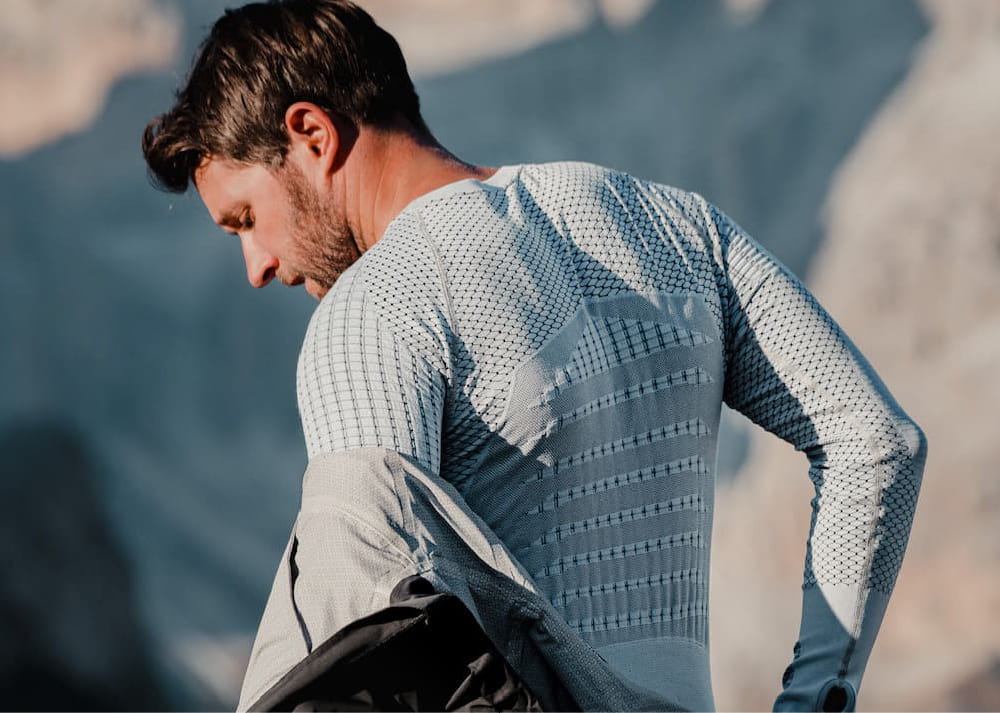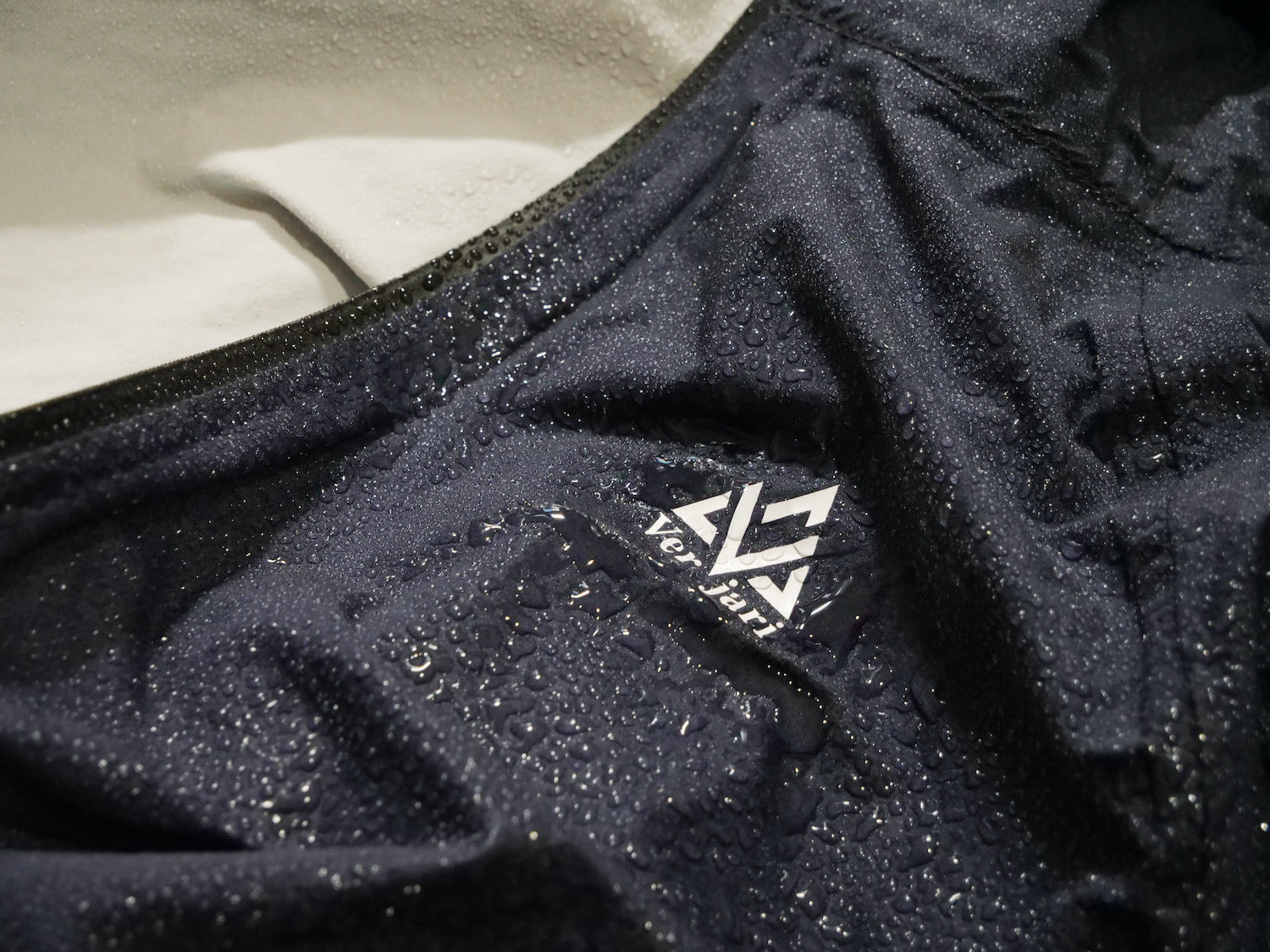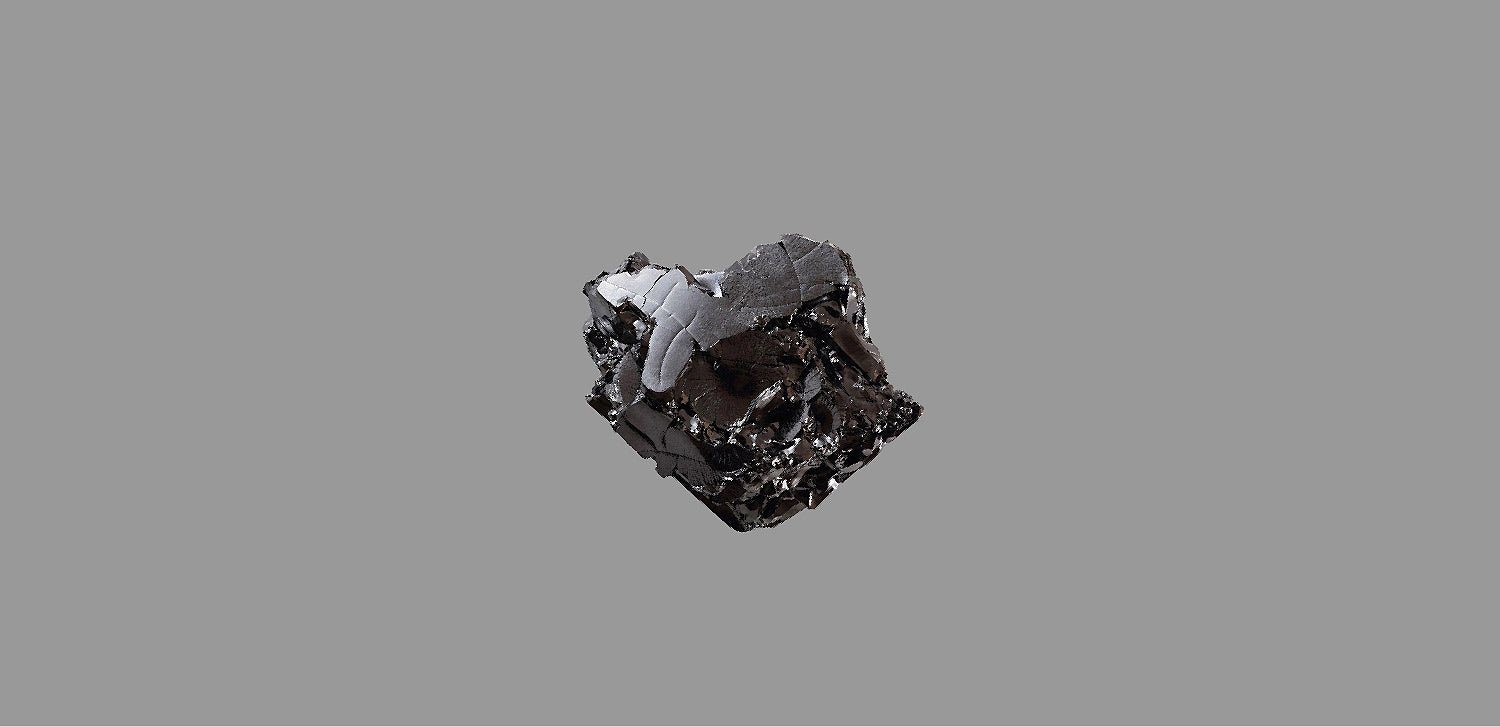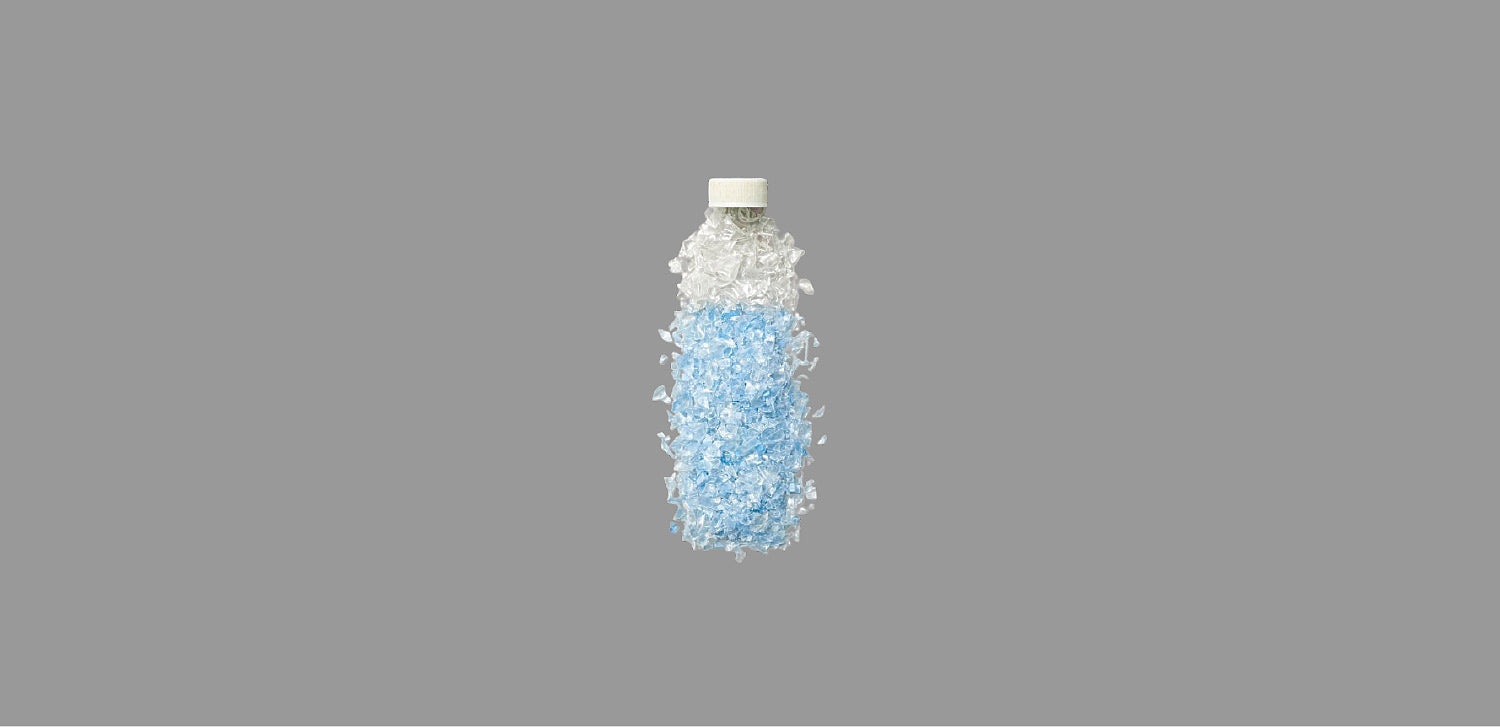Have you ever made a hole in your clothes ? have you ever dreamed that your garment would repair itself ? Like your skin healing from its wounds?
Verjari is developing a self-healing garment. A garment with an extended lifespan.
1/ Biological tissue and regeneration
A fundamental difference between a textile fabric (natural fibers or not) and an organic tissue is regeneration.

For all animals (including us) and plants, this regeneration of biological tissues is innate. When we suffer lesions (cut on the skin for instance), our body naturally produces certain proteins and hormones which allow the old cells destroyed to be replaced by new ones. Very efficient at the start of life cycle, the regeneration then decreases slowly (except for some very specific species).
We can say that the general process used by nature is therefore "replacement".
2/ Imitation logic for textiles
It is obviously impossible for a textile to produce new fibers to replace the old ones.
To mimic this process, the deformed or damaged fibers must be allowed to return to their original positions (instead of being replaced).
We can see a first limitation: if certain fibers are torn and lost during the lesion, they cannot be replaced, and the state "before lesion" cannot be regenerated perfectly.
3/ Nylon Ripstop and treatment
To force the fibers back to their original position, two things are needed:
- The right fibers (the right fabric)
- A treatment on the fibers
First, you need a strong fiber, so that the fibers does not break easily. We therefore opt for Nylon. And we reinforced this resistance with a Nylon Ripstop. Nylon Ripstop is specifically woven to resist tearing with reinforced threads. Indeed, when you make a hole in a nylon ripstop fabric, for example with a thorn, the fibers do not break but "move away".
Second, a treatment on these fibers allows them to return to their initial position when you produce heat (with you fingers on the hole).
So the Ripstop Nylon allows the fibers to move away, and then the treatment allows the fibers to return to their original positions with a little heat (friction).
4/ Uses
So we can create more resistant and durable clothes. Garments with an extended lifespan.
The treatments used for t fibers reduce certain properties such as breathability. Applications for activities requiring short and intense physical effort are therefore excluded.
But hiking for example or navigation are activities where this technology certainly has many future applications.








